How to Choose the Right Size Storage Unit

Guide to Storage Unit Sizes and How Much Fits Inside
Whether dealing with clutter, moving house, or seeking extra space for business inventory, selecting the proper storage unit size can save you money, time, and stress.
At Rent a Space, we understand that storage is about more than just square metres. It is about feeling confident that your belongings are safe, accessible, and well cared for during life’s transitions. That is why we offer a wide range of units, each one clean, alarmed and secured by your own lock and key, so you can choose exactly what you need and nothing more.
Sizes and configurations vary at each of our locations, so we suggest you contact us or find your closest Rent a Space storage centre to view the size you are considering. Alternatively, you can check out the current sizes available by requesting an instant quote. All our storage units are alarmed and secured by the lock you provide, with the keys remaining in your possession.
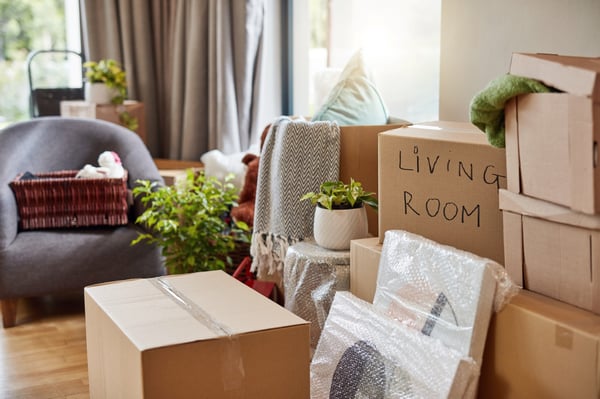
Why Getting the Size Right Matters
1. Protect your belongings.
Cramped units force furniture and boxes against each other, increasing the risk of scratches and breakage. A unit with adequate space lets you stack boxes securely, lay larger items flat or on their side and leave room for air circulation.
2. Manage your budget.
Storage rates are based on size. By matching your needs to the right category, you avoid paying for unused space. A slightly larger unit also provides flexibility if you plan to add more items.
3. Plan for the future.
Life is rarely static.
You might inherit furniture, start a family or grow a business. Choosing a unit with a bit of headroom today can save you the time and expense of relocating later.
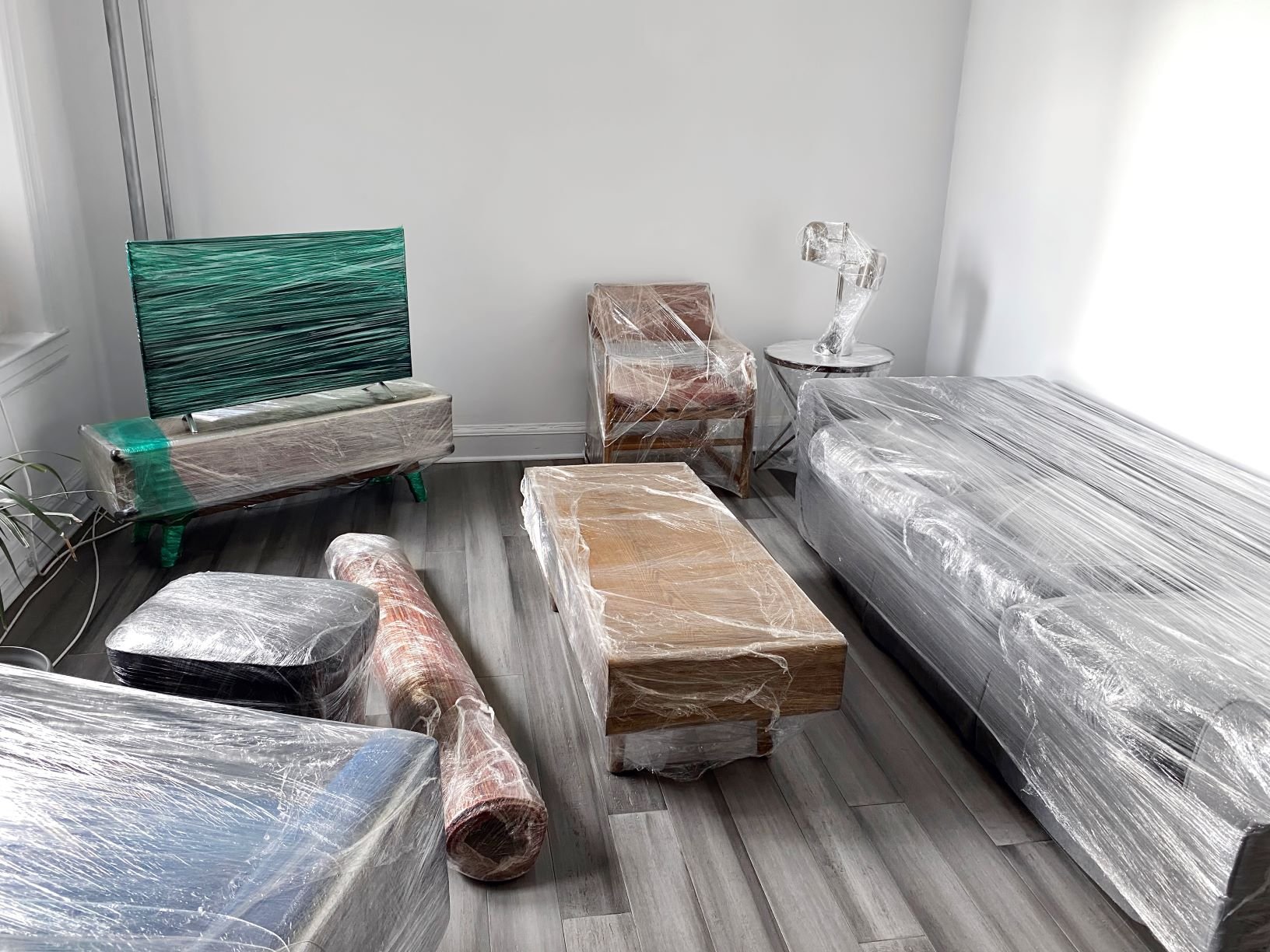
Step By Step: How to Determine Your Storage Needs
1. List and Categorise Your Items
Start by making a detailed inventory. Separate items by room (bedroom, living room, kitchen, garage, office) and note each one’s approximate dimensions and fragility.
Include awkward or oddly shaped pieces like bicycles, pianos, kayaks or gym equipment – these take up more floor space and can’t always be stacked.
Thinking in categories helps you visualise the overall volume and decide what needs easy access and what can be tucked away.
2. Measure and Visualise the Space
Take a tape measure (or a measuring app on your phone) and record the length, width and height of your largest items.
For irregular shapes, measure at the widest point. To see how this translates to a storage unit’s floor area, use masking tape on your living room floor or garage to mark out the footprint of your items. It can be surprising how much space a stack of boxes or a large sofa actually occupies.
3. Pack and Organise Efficiently
Efficient packing saves space and protects your belongings:
-
Use uniform boxes: Similar sizes are easier to stack safely.
-
Place heavy items at the bottom and lighter ones on top: This reduces crushing and makes it easier to retrieve items.
-
Disassemble bulky furniture: Removing legs from tables, bed frames, and shelving makes them more compact.
-
Leave fragile and irregular items unstacked: Position delicate objects, such as mirrors or musical instruments, at the front or on top to prevent damage.
-
Label everything clearly: Mark each box with its contents and room so you can find what you need without opening every carton.
4. Think About Access and Duration
How often will you visit your unit?
If you’re storing items temporarily during a move or renovation, it’s fine to pack the unit more tightly because you’ll only need to unload once. But if you’ll be popping in frequently – for seasonal gear, business stock or sentimental items – leave a central walkway and store frequently used boxes at the front.
For long‑term storage, consider leaving a little extra space so you can reorganise or add new items without emptying the unit.
5. Match Your Needs to Our Unit Categories
At Rent a Space, we classify units by familiar household spaces – like closets and garages – to make selection easier.
Here’s a quick overview:
|
Unit Type & Size |
Everyday Comparison |
What Fits |
|
Locker (3m³) |
Pantry or cube-shaped cupboard |
Archive boxes, luggage, seasonal clothing, decorations, student gear |
|
Cupboard/Small Closet (2–4m²) |
Pantry, broom cupboard, or walk-in wardrobe |
Sporting gear, bikes, skis, camping gear, small furniture, studio apartment contents |
|
Quarter Garage (4–7.5m²) |
Average bedroom |
One bedroom apartment contents: bed, couch, TV, small furniture, or 4 pallets of stock |
|
Half Garage (7.5–10m²) |
2 bedroom apartment |
Queen bed, lounge suite, appliances, dining set, 20–30 boxes, or 6–8 pallets |
|
3/4 Garage (10.5–15m²) |
3 bedroom home |
Beds, dining sets, couches, piano, appliances, household boxes |
|
Single Garage (15.5–20m²) |
Standard one car garage |
3–4 bedroom house contents, outdoor furniture, gym gear, trade equipment, or 8–16 pallets |
|
Oversized Garage (18–27m²) |
One and a half car garage |
4+ bedroom home, vehicle storage, business inventory, home office furniture |
Home Size vs Unit Size
As a general guideline:
-
One‑bedroom home: around 6 m² of storage – about the size of a large half garage or 3–4 closet units.
-
Two‑bedroom home: 7.5–9 m² – typically a half garage.
-
Three‑bedroom home: 10–15 m² – often a three‑quarter garage.
-
Four‑bedroom home: 18 m² or more – usually a single or oversized garage.
These are rough estimates; if you have a lot of tools, outdoor gear, or bulky furniture, you may need to size up.
Rent a Space Storage Unit Sizes Explained
Small Storage Units
Storage Lockers (~3m³)
Our lockers are small, cube-like spaces (usually 1m high x 1m wide x 1 m deep = 3m3). They are perfect for students storing books and computers between semesters, or anyone with boxes of paperwork, seasonal decorations, or small personal items.
Scenario: Sophie is a student who uses a locker to hold her textbooks, clothes, monitor, and a few kitchen items over the summer break. She saves money by not paying for space she doesn’t need.
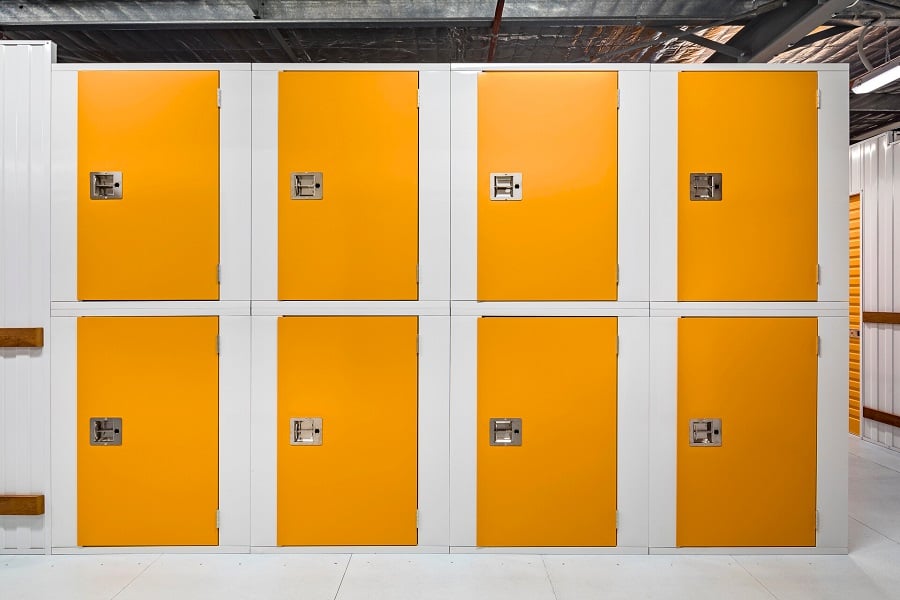
%20web.jpg?width=1200&height=800&name=gwp-2709-Edit%20(3)%20web.jpg)
Cupboards and Small Closets (2m2 to 4m2)
Cupboard units are 2–2.7m² and about the size of a pantry or broom cupboard. Small closets are slightly larger at 3–4m², about the size of a walk-in wardrobe or study nook. They suit sports equipment, bikes, skis, camping gear, or the contents of a studio apartment, such as a single bed, desk, and chair.
Scenario: A young couple renovating their one-bedroom flat uses a 3m² closet unit to store their mattress, desk, and boxes of clothes while they repaint.

Quarter Garages (4m2 to 7.5m2)
Quarter garage spaces are similar to an average room. They fit the contents of a one-bedroom apartment, or everything from a room you are renovating. They typically hold a double bed, a TV and a stand, a two-seater couch or armchair, and bedside tables. Businesses also use them to store about four pallets of stock.
Scenario: Ben stores four pallets of stock ahead of Christmas in a quarter garage, with shelving added for easy organisation.
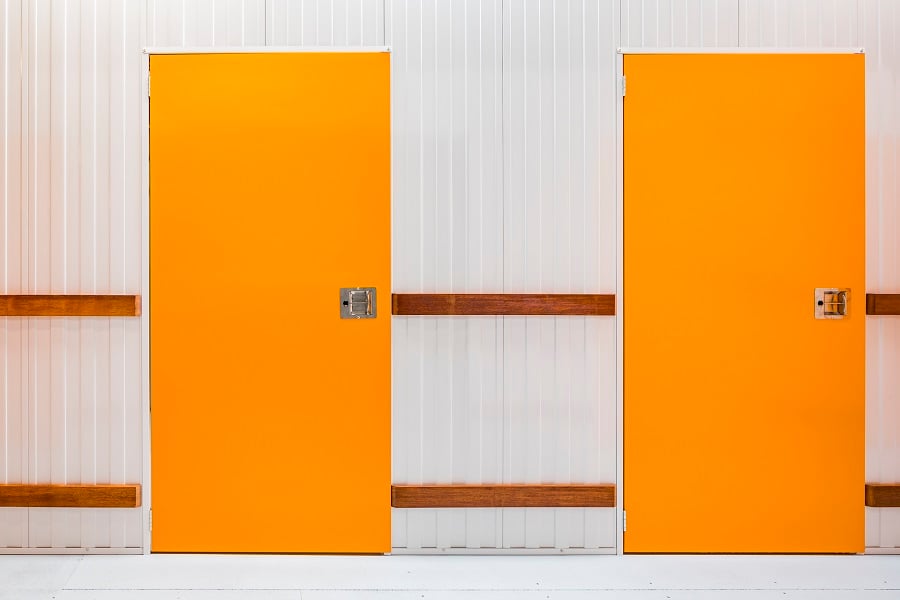
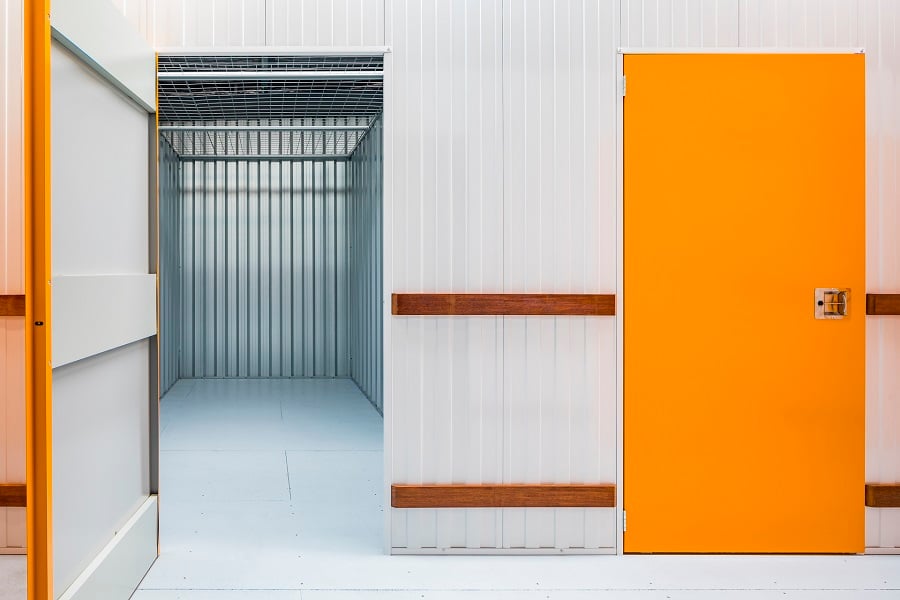
Medium Storage Units
Half Garages (7.5 to 10m2)
A half garage suits the contents of a two-bedroom apartment or house. These units take a queen bed and mattress, a lounge suite, dining set, appliances such as washers, dryers and fridges, and several boxes. For businesses, they hold six to eight pallets and are perfect for seasonal inventory.
Scenario: Debbie moves from her family home into a smaller apartment. A half garage gives her room for her bed, lounge, appliances, and the boxes of keepsakes she can’t part with but just doesn’t have space for in her new home.
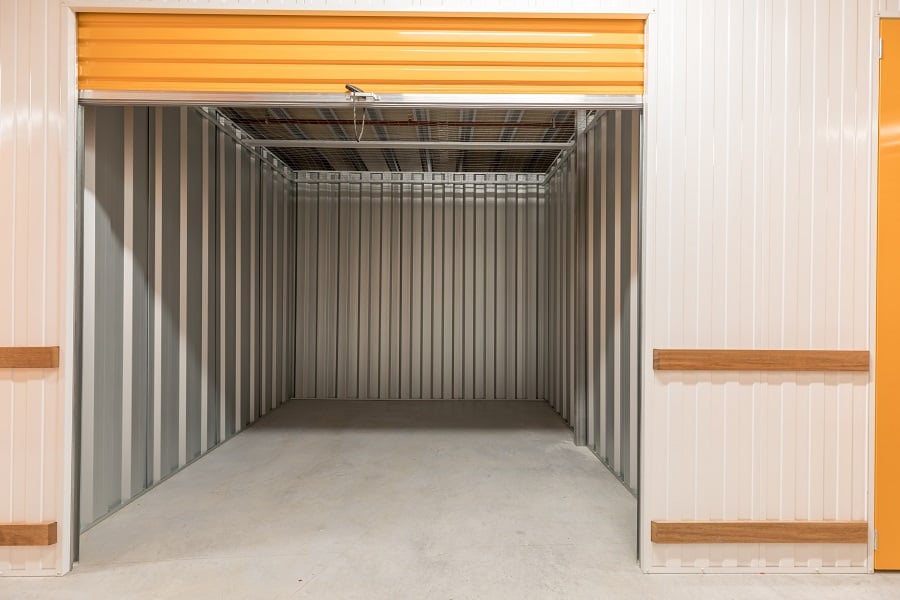
Large Storage Units
3/4 garage (10.5 to 15m2)
A three quarter garage comfortably stores the contents of a three bedroom house. Think beds, dining sets, couches, major appliances, a piano, boxes of clothes, mirrors, and art.
Scenario: Rachel and Alex are renovating their kitchen and living areas. They use a 3/4 garage to hold their sofa, dining table, fridge, and kitchen boxes while the work is completed.
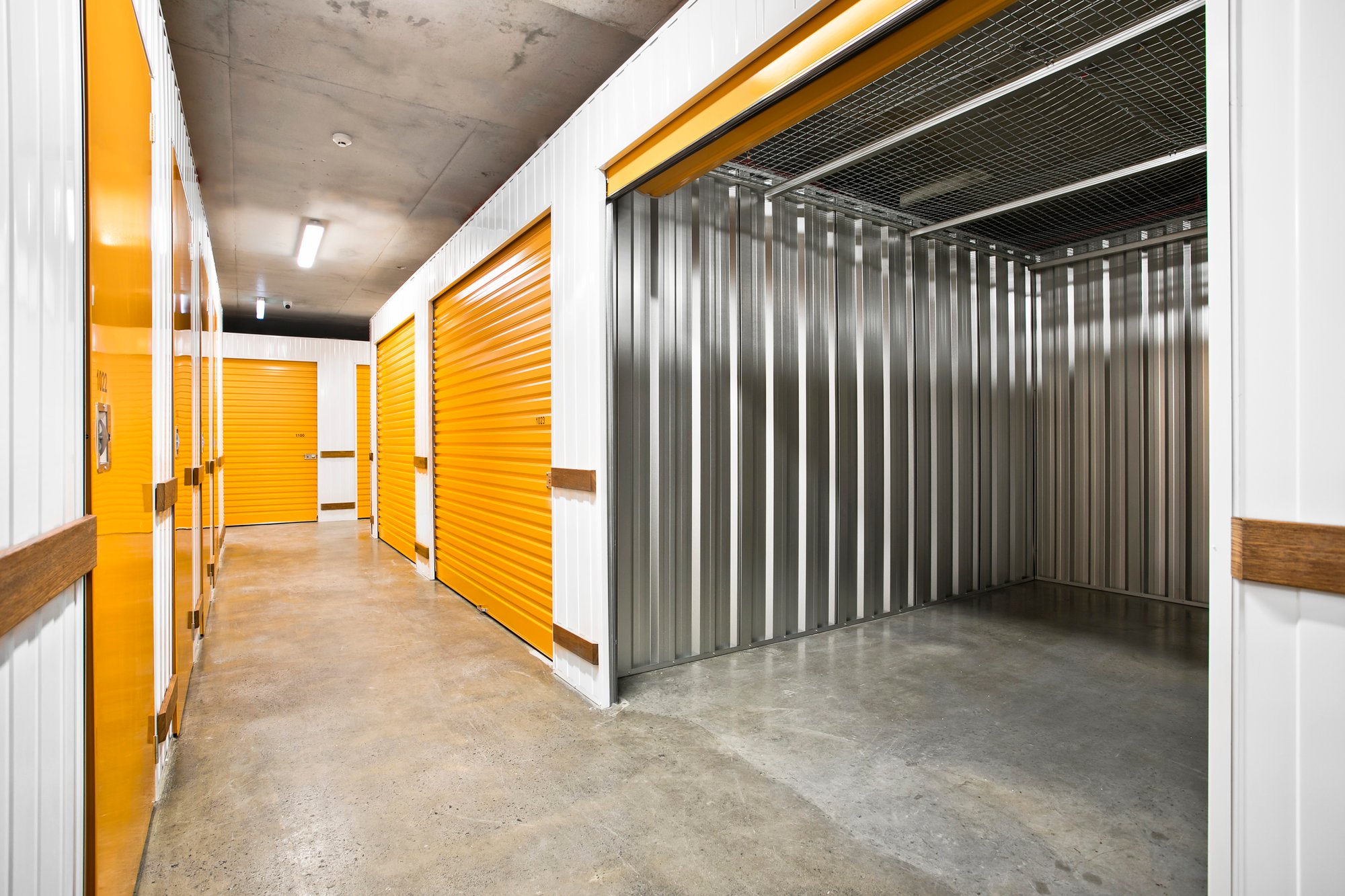
Single garage (15.5 to 20m2)
This size is ideal for a three to four bedroom home. It fits multiple bedroom sets, living and dining furniture, outdoor furniture, exercise equipment, and appliances. It can also be used as a garage space for a car. Businesses use this size for 8–16 pallets or as secure storage for trade tools and equipment.
Scenario: Chris relocates overseas for a year. A single garage holds his family’s household furniture plus their car in a driveway-accessible unit, with shelves behind for boxes.
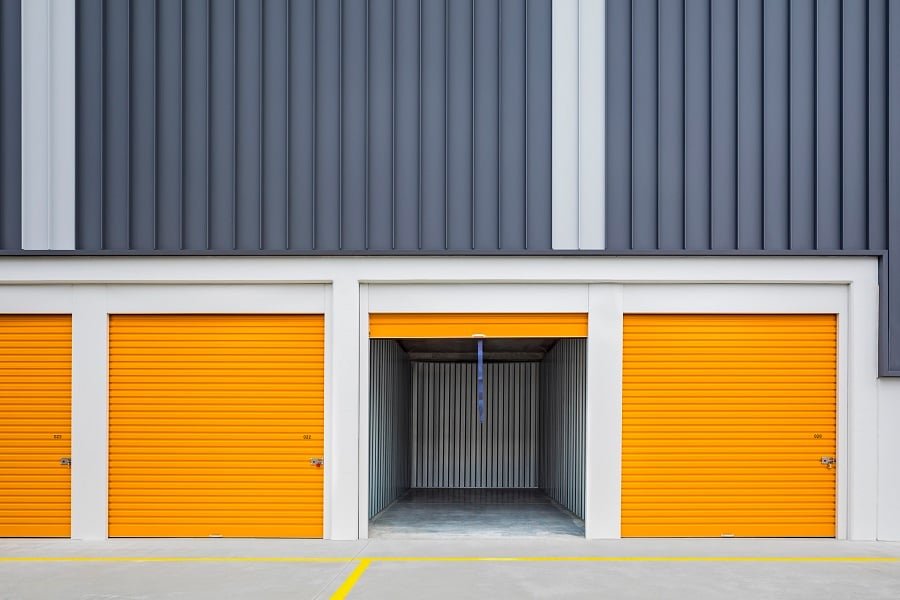
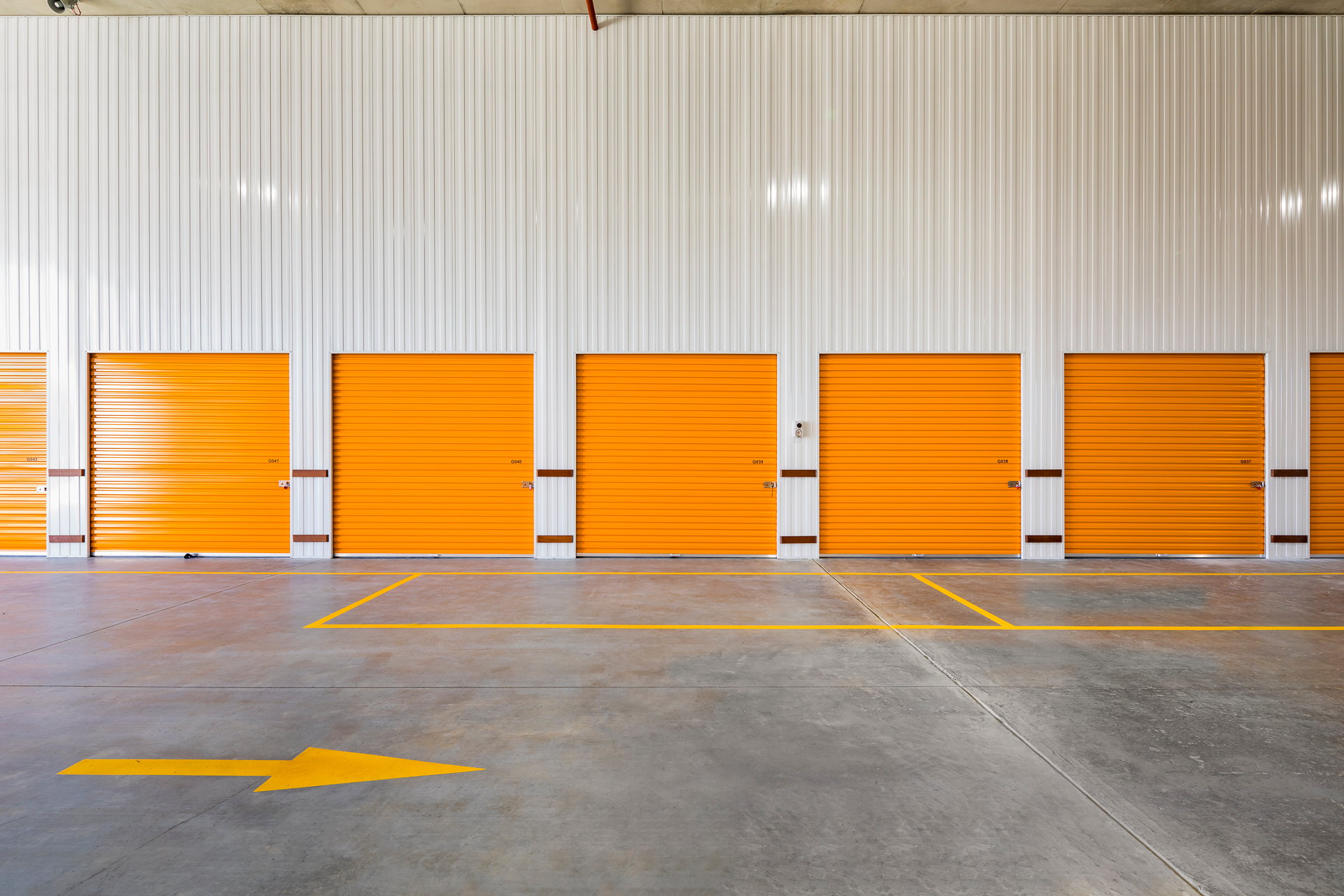
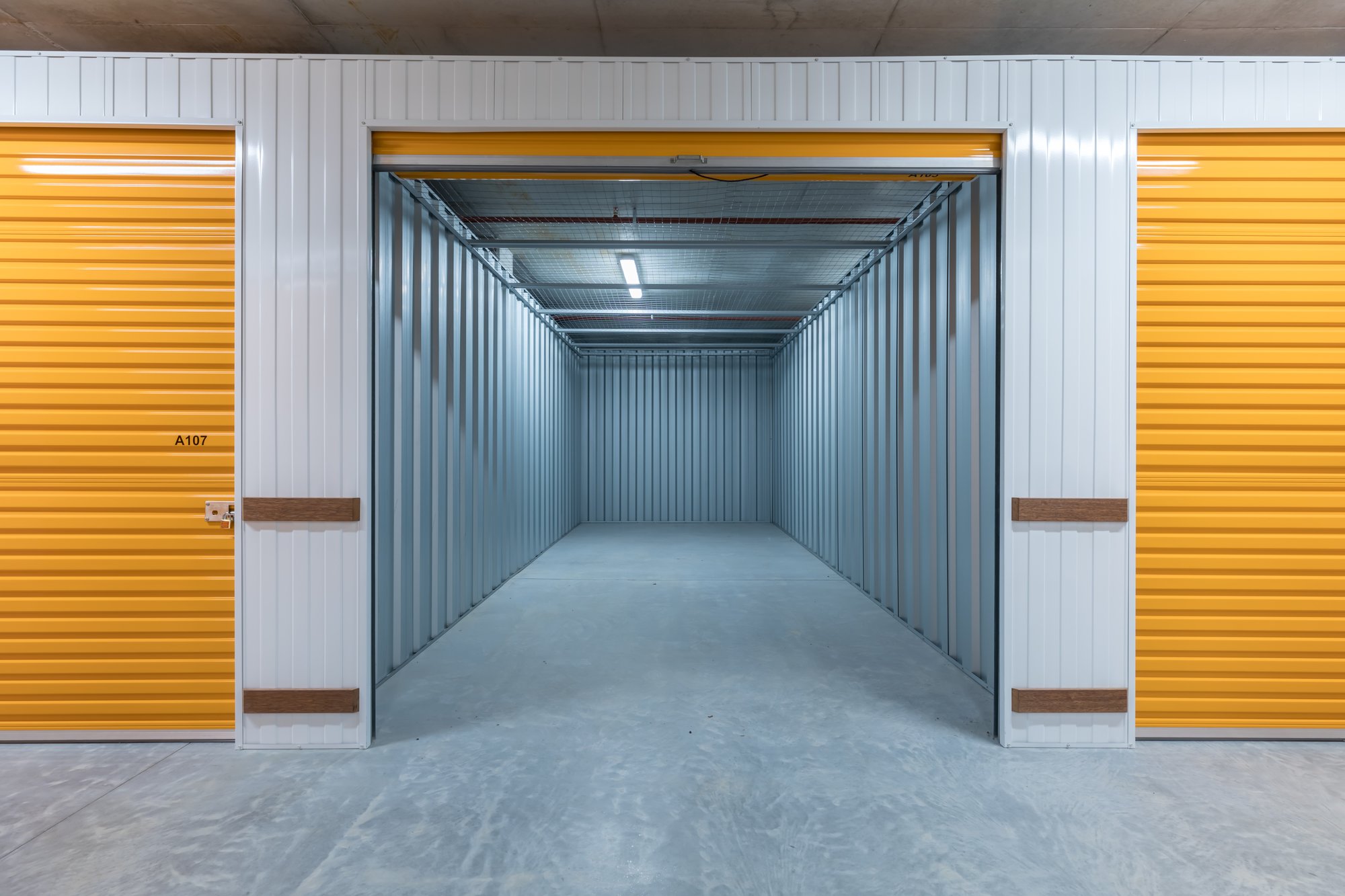
Oversized Garage (18–27m²)
Oversized units are larger than a standard garage, about the size of one and a half garages. They suit families with four or more bedrooms, combining furniture, home office setups, dining tables, lounges, and even vehicles. If located on a driveway, most cars fit comfortably inside with shelving at the back.
Scenario: A family consolidating two households after a move chooses an oversized unit to keep both sets of furniture, their SUV, and extra shelving for tools.

Tips to Make the Most of Your Storage Unit
-
Pack smart:
Stick to one or two box sizes, tape them securely and write labels on multiple sides. Place heavier boxes on the bottom and lighter ones on top to prevent collapse. -
Use the height:
Stack boxes to the ceiling if possible, and stand couches or mattresses on end to save floor space. Consider portable shelves for small items like pantry goods or tools. -
Keep a walkway:
Even in a small unit, a narrow aisle will save time and back pain when you need to find something. Arrange items you’ll need often at the front. -
Protect delicate pieces:
Cover mattresses and furniture with breathable cloth covers. Wrap glassware and artwork in bubble wrap or blankets. Avoid stacking heavy items on top of fragile ones. -
Plan for growth:
If you expect your household to grow or your business to scale, choose a unit one size up. It’s easier and cheaper than moving everything later.
Finding the Right Storage Unit Size For Every Stage of Life
Choosing the right storage unit doesn’t need to be overwhelming. By following this guide and doing some extra preparation, you can make the most informed decision and ensure you don’t overspend or end up with a unit that doesn’t meet your needs.
At Rent a Space, we believe storage is about more than square metres – it’s about supporting you through life’s transitions. Our friendly team can help you find a unit that fits your belongings and your budget, whether you need a locker for a few boxes or an oversized garage for a whole house and a car. With secure units, flexible contracts, lots of perks (like our FREE Truck & Driver Storage Move-in Service) and a focus on people‑first service, Rent a Space lets you store confidently and get on with the things that matter most.
